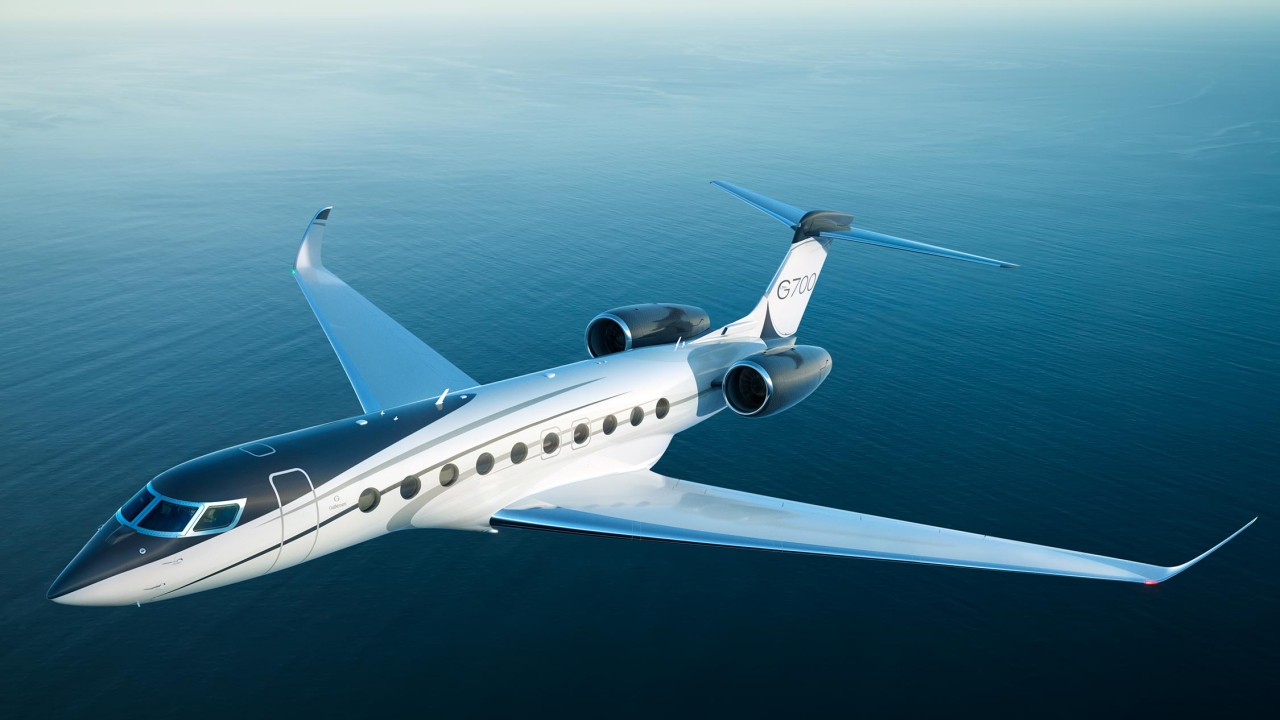Dassault innovation standing the test of time
French manufacturer Dassault is celebrating its centenary this year and, as Alan Peaford discovers during a flight to Johannesburg from Paris, the company is entering its second century with innovation and optimism in equal measure.

Grey clouds hung over the early morning scenes at Le Bourget Airport just north of Paris. The doors of the hangar opened and the scene was brightened by the pure white outline of the tri-engine form of the Falcon 7X.
As it was pulled to its spot on the apron, it parked next to another classic Dassault aircraft, a Falcon 900, emblazoned with the words ‘Falcon Response’.
This is one of the most recent initiatives from the French business aircraft manufacturer to support its growing global customer base.
The aircraft is on standby to support aircraft on ground (AOG) crises and take specialist engineers, their equipment and spare parts to wherever they are needed.
“The unique thing about this is that it also has a VIP cabin installed, as well as the mobile workshop. This means we can take the owner to wherever they were supposed to be going so they are not inconvenienced while the repair is carried out,” explained Alain Lemee, director, international sales, civil aircraft.
The aircraft is rarely called on as Dassault’s technical service support around the world offers 24/7 guidance and a high level of telematics allows the company to resolve most issues quickly.
There is no need for support for our 7X. The aircraft had flown back to Paris from Moscow the previous evening. It had been refuelled and replenished with sufficient provisions to keep the six passengers happy for the 5,430 mile journey to South Africa.
Successful journeys are nothing new to Dassault. The company is commemorating its 100th anniversary since the founder, Marcel Bloch (later to become Dassault), designed the Éclair (Lightning) propeller in 1916. He recognised that First World War aviators could have their aircraft performance improved by reshaping the wooden blades so they would have constant thrust along the propeller’s length – a design that continues to be seen to this day.
Taking the jump seat for the departure from Le Bourget, another of the great innovations was apparent. The Falcon 7X’s digital flight control system (DFCS), a more recent development, has lightened the load for pilots.
As we roared into the skies, a momentary break in the clouds allowed a ray of sunshine to illuminate the iconic Eiffel Tower off the port wing. Soon there were blue skies ahead.
While it has generally been a gloomy time for business aviation over the past few years, those dark clouds could be soon left behind.
A new flagship – the Falcon 8X – will be delivered imminently, following its certification by the European Aviation Safety Agency (EASA) and the Federal Aviation Administration (FAA) earlier this year. It is based on the successful airframe of the 7X; it is more than a metre longer and also has strengthened wings that allow it to carry more fuel, increasing the range to 6,450nm.
According to director of sales, Gilles Gautier, that extra length means the 8X can accommodate more than 30 different configurations for the cabin layout, offering a choice among three different galley sizes, a crew rest area, lounges of varying lengths, and a lavatory with shower.
“One particular design, where the crew rest area can be converted to larger galley and lounge bar, is looking popular,” Gautier said. “It provides a great place for people to meet informally during the flight.”
As our 7X raced across the African plains at around 950km/h at 45,000 feet, Dassault executives used the time to discuss targets and strategy ahead of the number of demonstration flights planned around the Africa Aerospace & Defence (AAD) show near Pretoria.
“We are taking this market very seriously,” said Gautier. “There is significant growth potential and it is developing quickly. The new economies are changing things. Our customers used to be governments, but now we see a real mix of governments, corporates and private individuals.
“The Falcon 7X, and soon the 8X, give owners an aircraft that can fly across oceans yet take off and land from short airfields – including London City. It is a smart aircraft, it has good connectivity to be an office in the sky, it is more affordable and it has good reliability,” he said.
A little over 10 hours after leaving Paris, the 7X touched down at Johannesburg’s international airport, ready to make the short hop to Waterkloof. Its passengers were refreshed and ready to do business to ensure the successful continuity or Marcel Dassault’s ingenuity for another 100 years.
Stay up to date
Subscribe to the free Times Aerospace newsletter and receive the latest content every week. We'll never share your email address.

